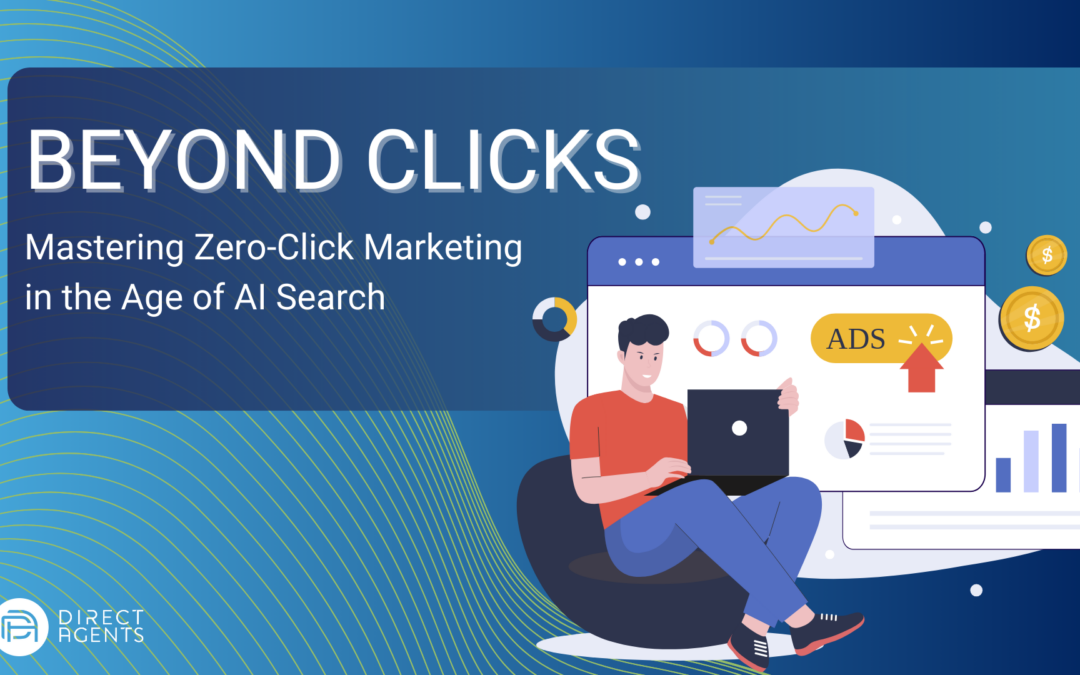AI has catalyzed massive innovation across various industries and has significantly accelerated the next phase of how consumers are interacting with the internet, even upending something as foundational as search behavior. With the rise of Perplexity AI, Google’s own AI search result, and ChatGPTs latest announcement of SearchGPT, the way that users interact with the internet has shifted. It has become more critical than ever that marketers have to find innovative ways to engage their audience and drive conversions accordingly.
This evolution has ushered in the era of zero-click marketing, where content delivers value within the platform itself, minimizing the need for users to click away. Marketers need to adopt a new strategy to drive conversions without relying on traditional click-based metrics.
3 Key Pillars to consider:
1. Native Content is King
Platforms, like Instagram and TikTok, have transformed how users consume content, favoring short-form, instantly accessible information. Users no longer want to sift through links; they prefer immediate, engaging content that provides value right where they are. This means that direct response marketers need to create native content that is optimized for each platform’s unique format. Tutorials, quick tips, and compelling visuals that capture attention within seconds are now essential. Also, don’t forget, or underestimate, the importance of an organic content strategy for your brand. This has become more important than ever.
Adjustment in Measurement: Marketers should track engagement metrics such as video views, likes, comments, shares, and saves. These interactions indicate interest and can be strong indicators of future conversions and are being prioritized in the platform’s algorithms.
2. Optimize for Attention
In a zero-click world, content must strike a chord and resonate with viewers quickly. The goal is to pique curiosity and solve a problem almost instantaneously. Ads and organic posts need to convey their message and demonstrate value within the first few seconds. This requires a deep understanding of the audience’s needs and pain points, enabling brands to create content that resonates on a personal level.
Adjustment in Strategy: Use A/B testing to refine content, focusing on which formats and messages generate the highest engagement rates and conversions. Analyzing these metrics will help in creating more effective content that drives on-platform conversions.
3. Rethinking the Call to Action
Traditional calls to action (CTAs) often encourage users to click a link or visit a website. In the zero-click marketing landscape, CTAs must evolve. Instead of directing users away from their current platform, brands should focus on engaging them where they are. This might mean encouraging users to follow a page, watch a video series, or participate in a challenge—all actions that keep them within the platform while deepening their engagement with the brand. The optimal result is getting consumers to give you their email addresses, collecting first-party data, and re-engaging with those users through robust retargeting strategies.
Adjustment in Measurement: Monitor growth in followers, video completions, and participation in challenges or interactive content. These metrics can provide insight into the effectiveness of CTAs in driving deeper engagement and conversions.
Conclusion
Digital marketers must adapt to the zero-click content era by crafting platform-native, attention-optimized content that meets users where they are. By focusing on immediate engagement and rethinking traditional CTAs, brands can effectively capture user interest and drive meaningful interactions without relying on clicks. In this rapidly changing digital landscape, AI is becoming further engrained in how consumers interact with the internet. Zero-click marketing is not just a trend; it’s a necessity for staying relevant and competitive in the competitive landscape.
Corey Levine, VP of Integrated Media, Direct Agents


